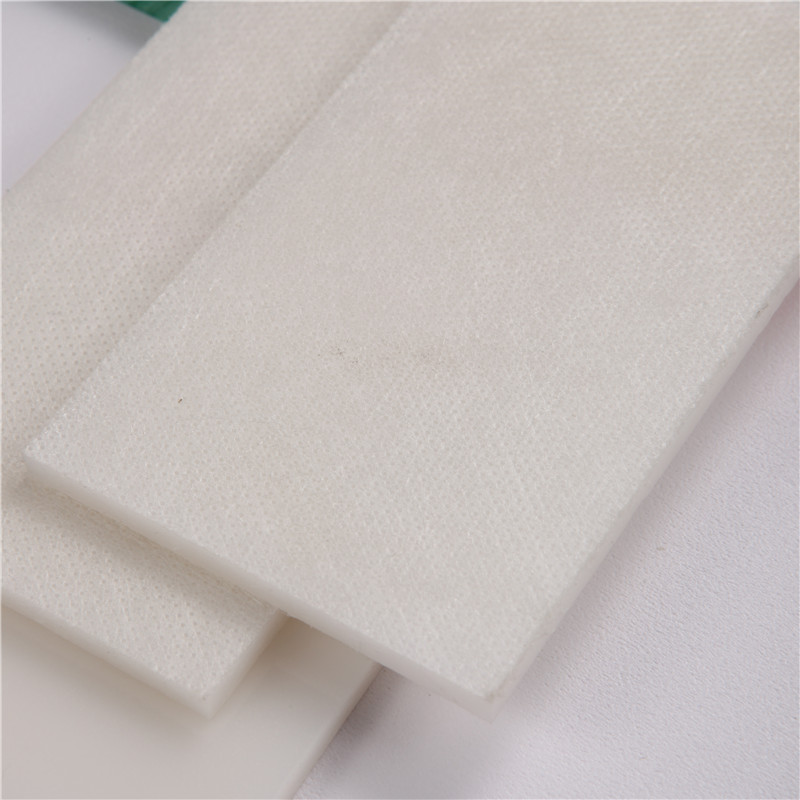Ноя . 07, 2024 11:58 Back to list
Understanding Polyethylene Pipe Fittings for Efficient Plumbing and Construction Applications
An Insight into Polyethylene Pipe Fittings
Polyethylene pipe fittings have become a crucial component in various industries, especially in water supply, irrigation, and various industrial applications. Known for their durability, lightweight, and resistance to corrosion, polyethylene (PE) fittings offer superior performance compared to traditional materials like metal and PVC. In this article, we will explore the advantages, types, applications, and installation of polyethylene pipe fittings.
Advantages of Polyethylene Pipe Fittings
1. Corrosion Resistance One of the most significant benefits of polyethylene is its resistance to corrosion. Unlike metal pipes, polyethylene does not rust or corrode when exposed to moisture and various chemicals. This makes it an ideal choice for harsh environments, ensuring longevity and reliability.
2. Lightweight and Easy to Handle Polyethylene fittings are significantly lighter than traditional materials, making them easier to transport and install. This reduces labor costs and time, as fewer workers are needed to handle heavy materials.
3. Flexibility The flexibility of polyethylene allows for easier installation in tight spaces and curves. This adaptability is particularly beneficial in complex piping systems and reduces the need for additional fittings.
4. Preventing Leaks PE fittings form strong, leak-proof joints that can withstand fluctuations in temperature and pressure. This reliability is essential in preventing water loss and protecting surrounding areas from water damage.
5. Cost-Effectiveness Although the initial cost might be comparable to other materials, the longevity, reduced labor costs, and lower maintenance requirements make polyethylene pipe fittings a cost-effective solution over time.
Types of Polyethylene Pipe Fittings
Polyethylene fittings come in various types to cater to different needs. Some of the most common include
1. Elbows Used to change the direction of the pipeline, elbows are available in various angles, typically 45 degrees and 90 degrees.
2. Tees These fittings allow for branching in the pipe system. A tee fitting is shaped like the letter T and connects three pipes.
3. Couplings Available in both male and female ends, couplings are used to connect two lengths of pipe.
4. Reducers These fittings allow for the connection of pipes with different diameters, ensuring a smooth transition and maintaining flow.
polyethylene pipe fittings

Applications of Polyethylene Pipe Fittings
The applications of polyethylene pipe fittings are vast, reflecting their adaptability and performance
- Water Supply Systems Municipal and rural water systems increasingly rely on PE fittings for establishing reliable service connections and distribution networks.
- Irrigation In agriculture, polyethylene fittings are commonly used in drip irrigation and sprinkler systems due to their resistance to chemicals and flexibility.
- Underground Utilities The lightweight and durable nature of polyethylene makes it suitable for underground installations, such as gas distribution and sewage systems.
- Industrial Uses In various manufacturing processes, polyethylene pipe fittings are utilized to transport chemicals and other fluids safely, often in corrosive environments.
Installation of Polyethylene Pipe Fittings
The installation process for polyethylene fittings generally involves the following steps
1. Preparation Before installation, ensure all fittings and pipes are clean and free from debris. This step is crucial for creating a secure joint.
2. Cutting Pipes should be cut to the desired length using appropriate tools to ensure a clean edge.
3. Heat Fusion or Electro Fusion The most common methods for connecting polyethylene fittings to pipes are heat fusion and electro fusion. Heat fusion involves heating the pipe and fitting ends and then pressing them together. In contrast, electro fusion utilizes an electric current to fuse the joint.
4. Inspection After installation, it’s essential to check for leaks or weaknesses in the joints. Regular maintenance and inspection are necessary to ensure system integrity.
Conclusion
Polyethylene pipe fittings represent a modern solution to traditional piping needs. Their numerous advantages, variety of types, and adaptability to multiple applications make them an essential component across various industries. As technology advances, the reliability and efficiency of polyethylene fittings will likely continue to grow, solidifying their place in infrastructure projects worldwide. Whether for residential plumbing, agricultural irrigation, or industrial applications, polyethylene fittings are poised to play a significant role in shaping the future of piping systems.
-
Durable PP Rigid Sheet: Lightweight, Chemical Resistant Solutions
NewsAug.21,2025
-
PVC Grey Sheet for Extraction: Chemical Resistant & Durable
NewsAug.19,2025
-
Durable PVC Pipe Fittings for Plumbing & Irrigation Needs
NewsAug.18,2025
-
HDPE Steel Belt Reinforced Spiral Corrugated Pipe | High Strength
NewsAug.17,2025
-
HDPE Pipe Fittings: Durable, Leak-Proof Solutions
NewsAug.16,2025
-
Premium CPVC Sheet: High-Temp & Chemical Resistant Solutions
NewsAug.15,2025

